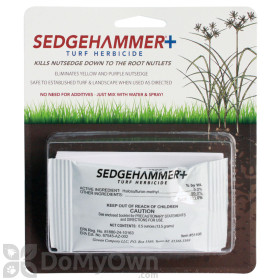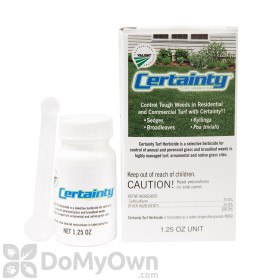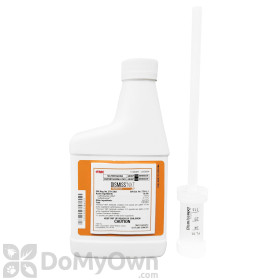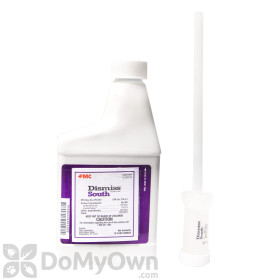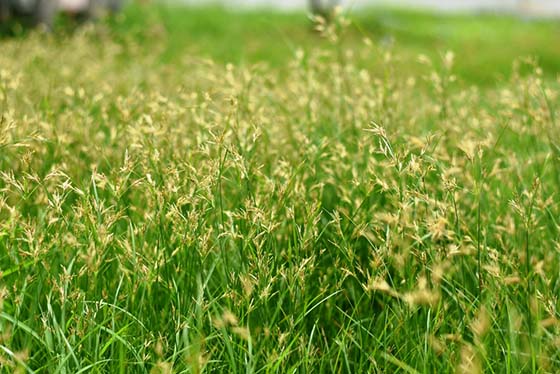
Nutsedge is a sedge, or weed, that grows in grass and is most prominent in the summer. Nutsedge comes in several varieties, but yellow nutsedge and purple nutsedge (that is, nutsedge with yellow or purple/dark red flowers) are most common.
Knowing where and when nutsedge grows will help save you time when you need to treat your lawn for nutsedge. Read the guide below to learn more about where to find nutsedge.
Nutsedge Loves Warm Weather
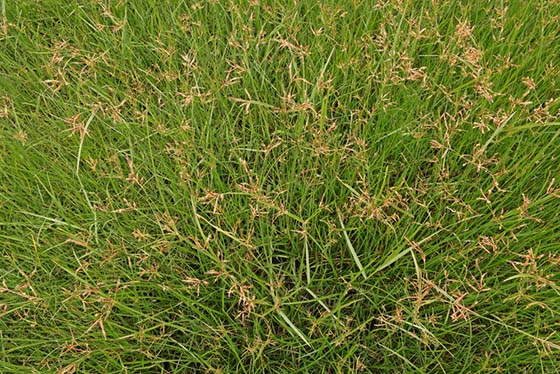
Nutsedge is easily confused with grass when it first begins to grow. In the summer, when nutsedge is exposed to ample sunlight, it will grow much quicker than grass and begin to flower. That means nutsedge will be taller than the slow-growing grass in your lawn during the summer season.
When left un-mowed, nutsedge can grow over a foot tall!
Nutsedge begins to grow in the spring, but will grow slower in cooler temperatures. It can be hard to distinguish nutsedge from grass in the spring or early fall.
Nutsedge Loves the Sun

Nutsedge thrives in sunny areas and does not do well in the shade. When inspecting your lawn for nutsedge, check the sunniest parts of your lawn. You most likely will not find nutsedge in shaded areas, such as underneath trees.
Nutsedge Loves Moisture
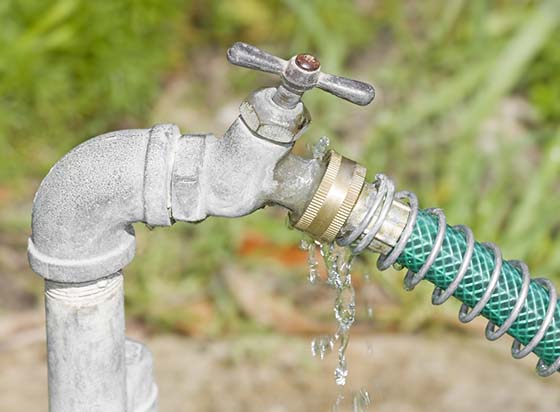
Nutsedge is commonly found in damp, moist areas of the lawn, such as areas of poor drainage, water runoff, and near leaking sprinklers.




